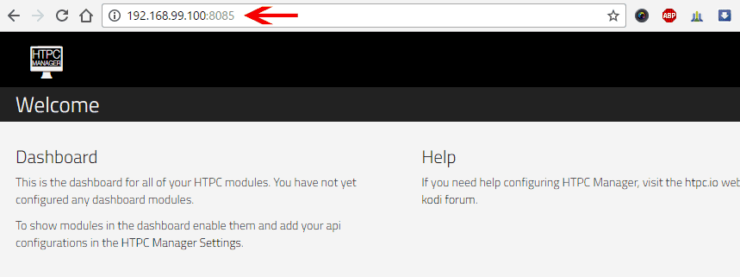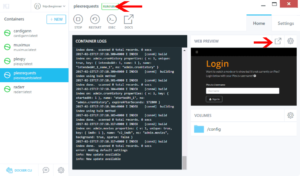
On the right side of Kitematic, I can create a new container by clicking ‘ Create’: In my case, I can see my ‘ nanoiis’ container which is running on my system. On the left side of Kitematic, you can interact with your Docker Containers that exist on your system. Once Kitematic has been downloaded, extract the ZIP file and then you can run ‘ Kitematic.exe’:Īt the first screen, you will be able to connect to your Docker Hub account, but it is not mandatory. It means that if you work with ‘Docker for Windows’, then you can download Kitematic directly by right-clicking on your Docker icon, and select Kitematic: Kitematic has been acquired by Docker in October 2015, so Kitematic is part of the Docker Toolbox. Once Docker has been installed on your system, open an elevated PowerShell console: Let’s start by pulling the “ nanoserver/iis-php” Docker image which contains: Windows Nano Server, IIS and PHP 7.
KITEMATIC SETUP HOW TO
In this guide, I will create a simple Docker Container to demonstrate how to use these interfaces. In this article, I will walk through the following tools:įor sure, there are other interfaces so this list is not exhaustive. In this article, I don’t want to judge which GUI is better because it depends! You must use the GUI that will suit your needs. There are many admins who much prefer a GUI tool to handle every task and it can be useful to use an interface when you have many containers to manage or if you start working with Docker.
Docker provides a great Docker CLI that allows us to create, interact, and delete containers, but sometimes it’s nice to have an interface to manage Containers. In this article, I will describe how to manage Windows Containers via GUI.




 0 kommentar(er)
0 kommentar(er)
